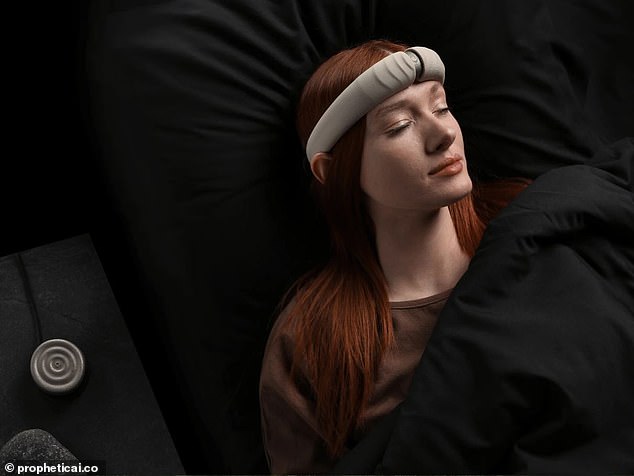An artificial intelligence technology startup wants you to trade in your normal dreams for a headband that lets you control your nighttime wanderings in a lucid dream state.
Prophetic will launch the $2000 Halo AI Headband in 2025, which will give users unparalleled control over their dreams that could help them deal with existing problems they face in their waking life.
The headband uses electroencephalography (EEG), which records electrical activity in the brain, and functional magnetic resonance imaging (fMRI), which measures brain activity by measuring blood flow.
However, experts are still unsure what the long-term effects might be and warn that using high-frequency sounds to affect the brain could hamper our cognitive ability to process short-term memories.
Halo AI headband uses EEG and fMRI data to create lucid dreams while you sleep
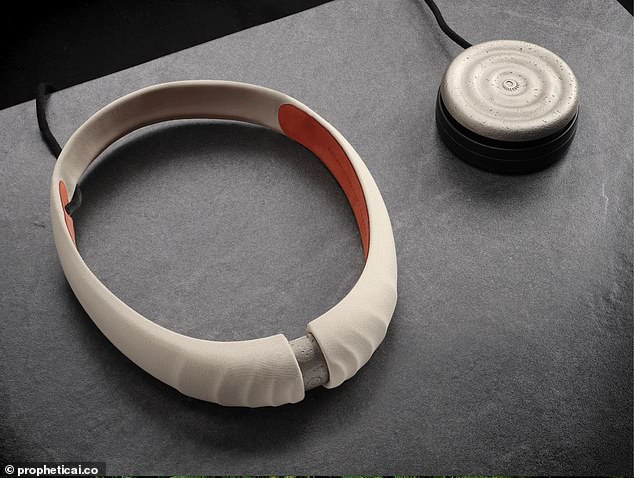
Experts fear that lucid dreaming could have long-term negative effects, including increased stress and anxiety levels.
‘We are rarely lucid in our dreams. And not being lucid may be part or requirement of any effective dream function,” said Professor Mark Blagrove, a sleep and dream researcher at Swansea University’s Sleep Laboratory. Scientific approach.
EEG and fMRI work together to create a detailed map of the brain to induce lucid dreaming, which is a dream state in which the person is aware that they are in a dream while sleeping.
Prophetic uses EEG data to determine when the user has entered REM sleep and then uses fMRI to induce lucid dreams and “seek answers to life’s most important questions,” according to its place.
REM, or rapid eye movement, is the state of deep sleep when a person begins to dream, and the headband can emit high-frequency sounds to stimulate brain activity so that it induces, maintains and influences lucid dreams.
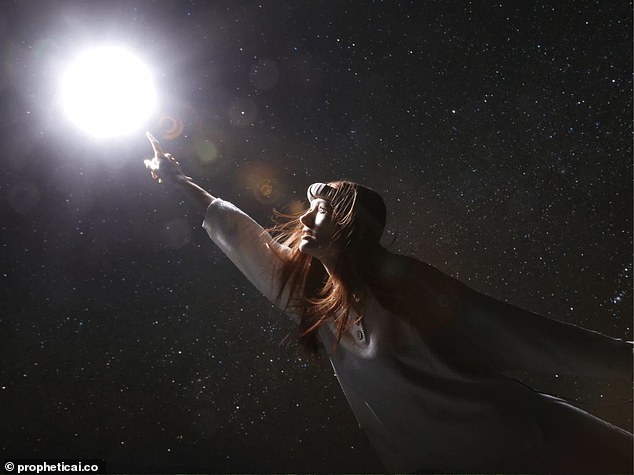
The Halo device will induce lucid dreams once the person has entered REM sleep.
“It is possible that sound stimulation could induce the high-frequency brain activity associated with lucidity,” said Professor Mark Blagrove, a sleep scientist at Swansea University and co-author of The Science of Art and Dreaming.
“Sound stimulation has been used to induce low-frequency slow waves in slow-wave sleep, so the proposed method is credible.”
The user will not need to do anything to induce lucid dreams; instead, “it will happen autonomously while he’s wearing the headband,” Prophetic CEO and co-founder Eric Wollberg said in a demo video describing how Halo works.
The caveat to new AI technology is that scientists don’t know what would happen to a person’s brain if it were continually bombarded with high-frequency sounds.
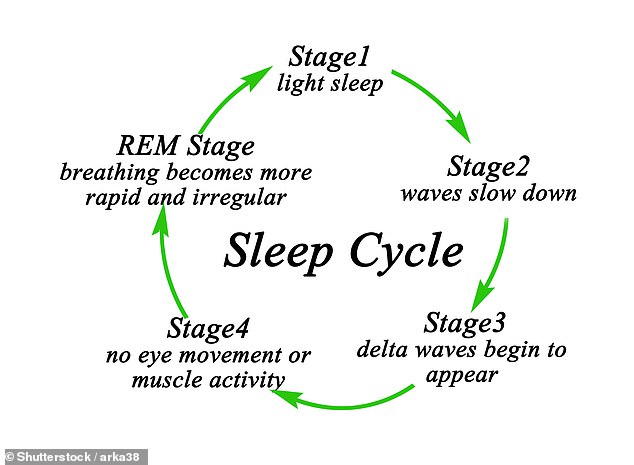
The REM sleep cycle is when you are in the deepest part of your sleep state and you begin to dream.
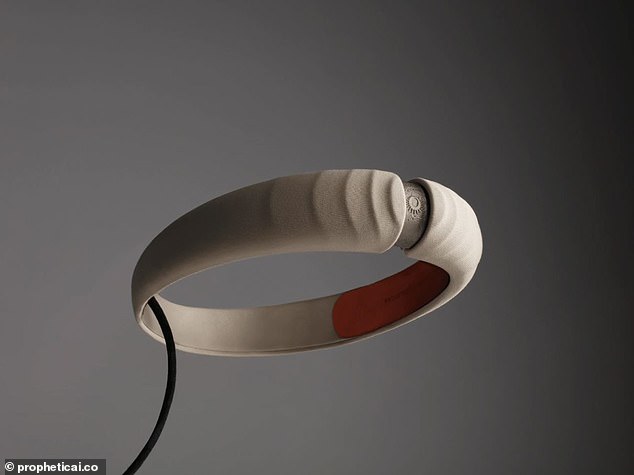
The Halo AI headband will go on sale in fall 2025 for an estimated price of $2,000
Scientists believe that dreams have basic functions that are essential to our cognitive development, including processing emotional experiences, and some fear that if dreams are disturbed, they could interfere with the purpose of sleep.
Lucid dreams can also have detrimental effects on a person’s reality, appearing similar to nightmares and sleep paralysis.
According to the Sleep Foundation“Intense and prolonged lucid dreams can overstimulate the dreamer, leading to increased stress and worsening sleep.”
“In popular media, everyone talks about how lucid dreaming will change your life, and (how) they are so fantastic… (But) almost no one talks about dangers or precautions,” Nirit Soffer-Dudek, clinical psychology researcher at Ben-Said Gurion University of the Negev in Israel bbctalking about the negative effects of lucid dreams.
“I think we need to be more careful about who it’s good for and who it’s not good for,” Soffer-Dudek added.
Prophetic opened a beta testing app for its Halo headset last week, but is prioritizing people who have already made a pre-order deposit to receive the device.

